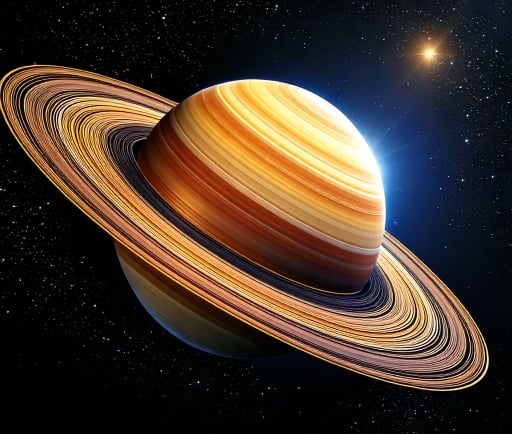The Glass-Like Saturn with Rings: A Stunning Discovery by the James Webb Telescope


Introduction to the Remarkable Discovery
In an extraordinary feat of astronomical observation, the James Webb Space Telescope (JWST) has captured stunning images of a glass-like planet resembling Saturn, complete with intricate ring structures. This discovery not only expands our knowledge of planetary systems beyond our own but also showcases the incredible capabilities of modern space telescopes.
The Uniqueness of the Glass-like Saturn
The planet, described as having a striking resemblance to Saturn, displays a spectacular ring system that is both colorful and complex. Unlike any seen in our solar system, the rings appear to be composed of a mixture of ice and rock particles, giving the planet its glass-like appearance. Scientists believe that these attributes may provide significant insights into the formation and evolution of ringed planets throughout the universe.
Implications for Future Research
As the JWST continues its mission to observe the cosmos, the findings regarding this glass-like Saturn open avenues for future research. Understanding the composition and structure of the planet's rings could lead to breakthroughs in our understanding of planetary formation. Notably, the JWST's ability to capture such extraordinary details demonstrates its commitment to enhancing our understanding of the universe.
Moreover, this discovery invites further investigation into how common such ring systems are around gas giants, and whether they exhibit similar characteristics throughout different cosmic environments. Comparing this newly identified glass-like Saturn to the other known ringed planets may aid researchers in uncovering the mysteries surrounding their formation and longevity.
